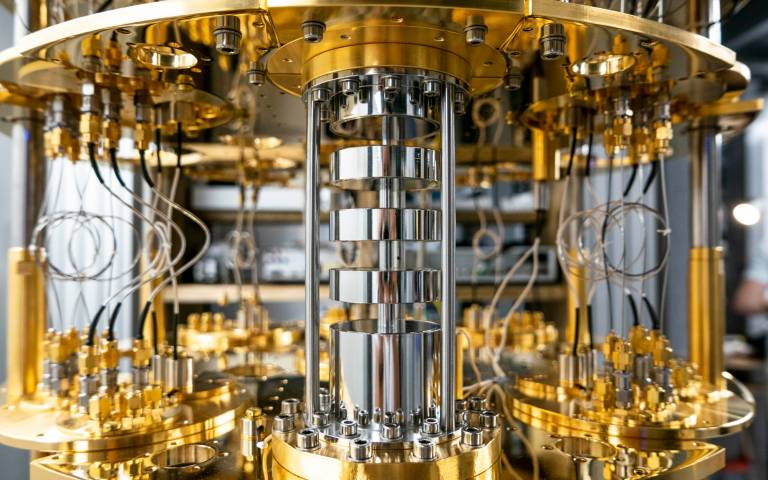Why Do Humans Have Hair?
Hair is a defining characteristic of humans and plays a crucial role in our appearance, protection, and regulation of body temperature. But why do we have hair in the first place? In this article, we will explore the various functions and evolution of human hair.
One of the primary functions of hair is to provide protection for our skin. Hair acts as a barrier, protecting our skin from the sun's harmful UV rays and from physical damage, such as cuts and scrapes. Hair also helps to regulate our body temperature by providing insulation and helping to trap heat close to our skin.
Another important function of hair is to serve as a means of communication and expression. Hair is often used as a way to convey cultural identity, personal style, and social status. For example, hairstyles can be used to signal different cultural affiliations, such as the afro in African American culture, or to express individualism and creativity.
Hair is also an important sensory organ, with hair follicles containing nerve endings that respond to touch and pressure. This sensitivity helps to protect our skin from injury and provides us with information about our environment.
The evolution of hair in humans is thought to be related to the development of sweat glands. As early humans evolved from primates and adapted to live on the ground, they developed sweat glands to regulate their body temperature. Hair likely evolved as a way to protect these sweat glands and provide additional insulation.
Hair has also been used by humans throughout history as a means of adornment and decoration. In many cultures, hair is seen as a symbol of beauty, and a variety of hair styles, treatments, and products have been developed to enhance its appearance.
In conclusion, hair plays a vital role in the protection, regulation, communication, and expression of humans. From its evolutionary origins to its role in contemporary society, hair continues to be an important aspect of our anatomy and our identity.





